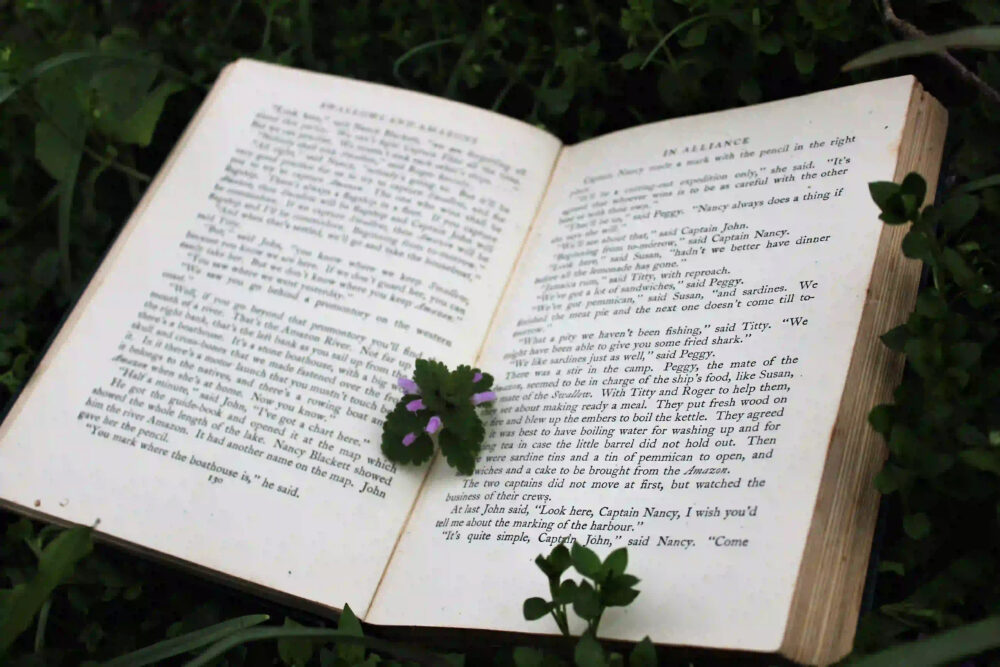Suspense is a powerful tool in storytelling, and when it comes to crime fiction and thrillers, it becomes even more essential. The ability to keep readers on the edge of their seats, eagerly turning the pages to uncover the truth, is a skill that only a few authors possess. In this blog post, we will explore the art of suspense in crime fiction and thrillers and discover what makes these genres so captivating.
The Power of Suspense
Suspense is the feeling of anticipation or excitement that comes from the uncertainty of what will happen next. It is the driving force that keeps readers engaged and invested in the story. In crime fiction and thrillers, suspense is crucial because it creates a sense of danger and urgency. It keeps readers guessing and speculating, making them feel like they are part of the investigation. As a result, they become emotionally invested in the characters and the outcome of the story.
Building Tension
One of the key techniques used to create suspense is building tension. Authors achieve this by strategically placing obstacles and challenges in the path of their protagonists. These obstacles can be physical, emotional, or psychological, and they serve to heighten the stakes and increase the sense of danger.
Another effective way to build tension is through pacing. By controlling the speed at which events unfold, authors can manipulate the reader’s emotions. They can create moments of intense action and excitement, followed by slower, more reflective scenes. This ebb and flow of tension keeps readers engaged and eager to discover what happens next.
Unreliable Narrators
Crime fiction and thrillers often employ the use of unreliable narrators, adding an extra layer of suspense to the story. Unreliable narrators are characters whose credibility is questionable, either due to their own biases or their lack of information. This creates a sense of doubt and uncertainty, as readers are left to decipher the truth from the narrator’s perspective.
Twists and Turns
One of the hallmarks of crime fiction and thrillers is the presence of unexpected twists and turns. These plot twists serve to keep readers on their toes, challenging their assumptions and forcing them to reevaluate their understanding of the story. Whether it’s a shocking revelation about a character’s true identity or an unforeseen turn of events, these twists inject an element of surprise and excitement into the narrative.
The Importance of Character Development
While suspense is crucial in crime fiction and thrillers, it is equally important to develop compelling and relatable characters. Readers need to care about the protagonists and feel invested in their journey. By building well-rounded characters with their own motivations, flaws, and personal histories, authors can create a deeper emotional connection with the readers. This connection enhances the impact of the suspense, as readers become emotionally invested in the outcome of the story.
Conclusion
The art of suspense in crime fiction and thrillers is a delicate balance of pacing, tension, and unexpected twists. It is the ability to keep readers on the edge of their seats, eagerly turning the pages to uncover the truth. By employing techniques such as building tension, using unreliable narrators, and incorporating surprising plot twists, authors can create a captivating reading experience. The key is to engage readers emotionally, making them care about the characters and their journey. So, the next time you find yourself engrossed in a crime fiction or thriller novel, take a moment to appreciate the artistry behind the suspense. It’s what keeps us hooked until the very last page.
Thank you for reading! If you enjoyed this blog post, make sure to check out our other articles on literature, writing, and storytelling. Stay tuned for more exciting content coming your way!
